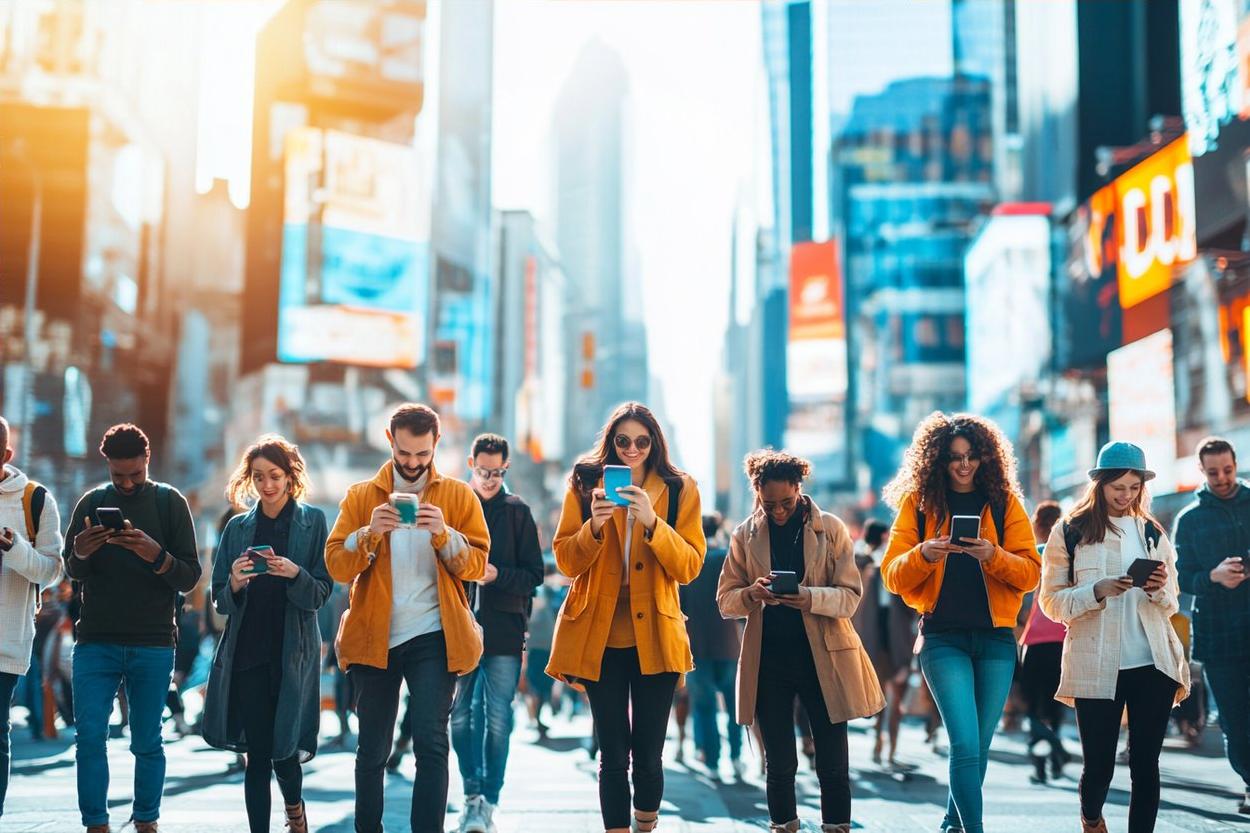Here's an article on a unique topic within the People & Society category, following the guidelines provided:
In an era of increasing digital isolation, Japan's urban centers are witnessing a surprising resurgence of kizuna - the traditional concept of deep, interconnected community relationships. This phenomenon is reshaping social dynamics, challenging long-held stereotypes about urban anonymity, and offering valuable lessons for societies worldwide grappling with social fragmentation. Read below to explore how kizuna is breathing new life into Japan's concrete jungles and redefining urban living for the 21st century.

The post-war economic miracle saw millions of Japanese move to cities, leaving behind traditional community structures. This mass migration, coupled with the rise of technology and changing work cultures, led to a perceived weakening of social ties. By the 1990s, terms like hikikomori (acute social withdrawal) and kodokushi (lonely deaths) entered the national lexicon, highlighting the dark side of urban isolation.
The Catalyst for Change: Disasters and Demographics
The resurgence of kizuna in urban Japan can be traced to two significant factors: natural disasters and demographic shifts. The Great Hanshin Earthquake of 1995 and the Tohoku Earthquake and Tsunami of 2011 served as wake-up calls, demonstrating the critical importance of community networks in times of crisis. In the aftermath of these disasters, spontaneous volunteer movements emerged, rekindling a sense of collective responsibility among urban dwellers.
Simultaneously, Japan’s rapidly aging population and low birth rate created new social challenges. With more elderly living alone in cities, the need for strong community support systems became evident. This demographic pressure, combined with the lessons learned from natural disasters, sparked a grassroots movement to revitalize kizuna in urban settings.
Modern Manifestations of Urban Kizuna
The rebirth of kizuna in Japanese cities has taken various innovative forms, blending traditional concepts with modern realities. Neighborhood associations, once seen as outdated, are being reinvented with a focus on intergenerational cooperation. These groups organize everything from disaster preparedness drills to cultural festivals, fostering a sense of shared identity among residents.
Co-living spaces, designed to encourage interaction among residents, are gaining popularity among both young professionals and the elderly. These spaces often feature communal kitchens, shared gardens, and common areas that facilitate spontaneous encounters and relationship-building.
Technology, once blamed for eroding social connections, is now being harnessed to strengthen community bonds. Local social networking apps help neighbors share resources, organize events, and provide mutual support. Some municipalities have even developed kizuna-focused smart city initiatives, using data to identify and address community needs more effectively.
The Impact on Urban Well-being and Social Resilience
The revitalization of kizuna in urban Japan has had measurable impacts on individual and community well-being. Studies have shown a correlation between strong neighborhood bonds and improved mental health outcomes, particularly among elderly residents. The sense of belonging fostered by these community connections has also been linked to decreased rates of social isolation and depression.
Moreover, cities with strong kizuna networks have demonstrated greater resilience in the face of challenges. During the COVID-19 pandemic, for instance, neighborhoods with active community groups were better able to organize support systems for vulnerable residents, showcasing the practical benefits of these social bonds.
Lessons for Global Urban Development
As cities worldwide grapple with issues of social fragmentation and isolation, Japan’s urban kizuna revival offers valuable insights. The success of this movement demonstrates that community bonds can be fostered even in the most densely populated urban environments, given the right combination of grassroots initiatives and institutional support.
Urban planners and policymakers globally are taking note, exploring ways to incorporate kizuna-inspired design principles into city development. From creating more shared public spaces to incentivizing community-led initiatives, the goal is to build cities that not only house people but nurture meaningful human connections.
Challenges and Future Prospects
While the resurgence of kizuna in urban Japan is promising, it faces challenges. Balancing the desire for privacy with the need for community involvement remains a delicate act. Additionally, ensuring that kizuna networks are inclusive and accessible to all residents, including foreign nationals and marginalized groups, is an ongoing concern.
Looking ahead, the evolution of urban kizuna in Japan will likely continue to shape the country’s social landscape. As this movement matures, it may offer a blueprint for creating more connected, resilient, and human-centric cities around the world. The revival of kizuna serves as a powerful reminder that even in our increasingly digital and globalized world, the fundamental human need for connection and community remains as strong as ever.



